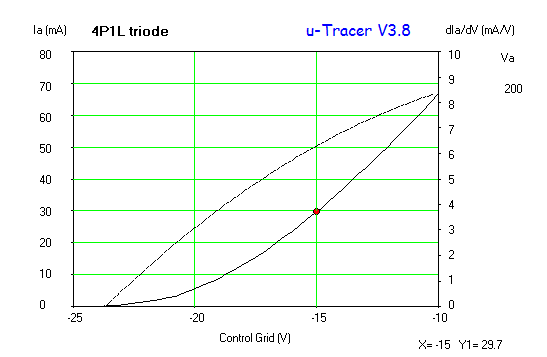Improving the DHT model in A2
After playing for some time with the uTracer, I found that the tracer wasn’t measuring accurately A2 curves. Ronald clearly advised me (as explained on his site) that uTracer wasn’t designed for this purpose although there was a great trick to use the screen driver to generate the A2 curves and also measure grid current. Measuring grid current is key in A2 mode so a better grid current model can be derived to better simulate the non-linear and low impedance behavior of the grid in positive bias.
My incarnation of the uTracer is not neat. I’m using my existing analogue curve tracer. As shown in the pictures below, my current tracer have a plethora of sockets and just adding right jumper cables for anode, cathode, screen and grid connectors will still give me the flexibility I had with my analogue tracer
The process of generating the A2 curves (and SPICE model) starts by plotting the normal curves. The uTracer is great for this. Then you have to overlay the A2 curves in Excel (or whatever tool you prefer) to combine both set of curves.






















